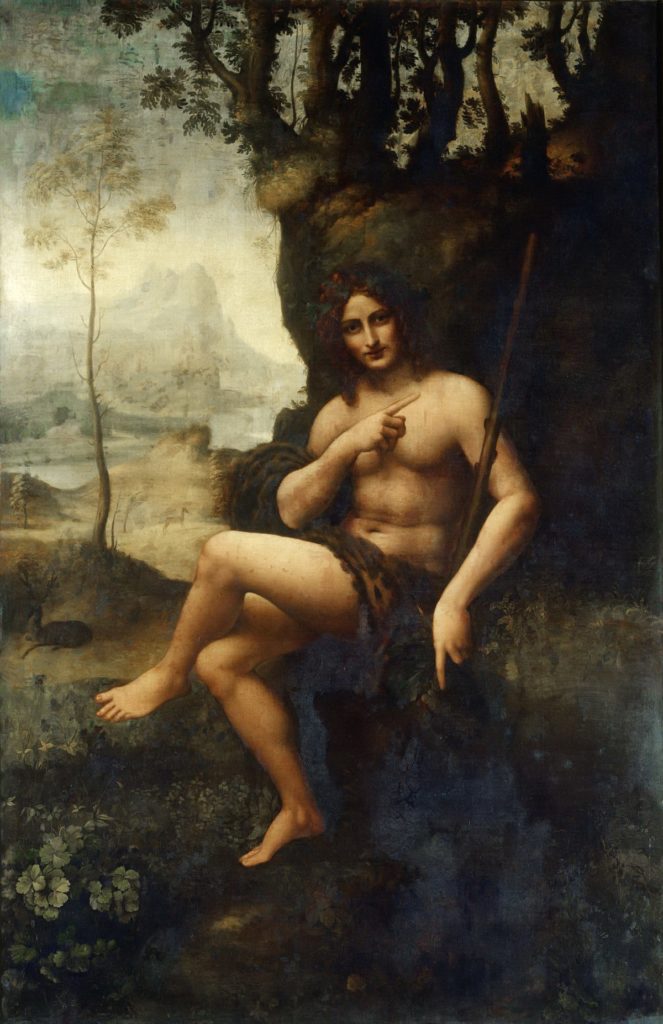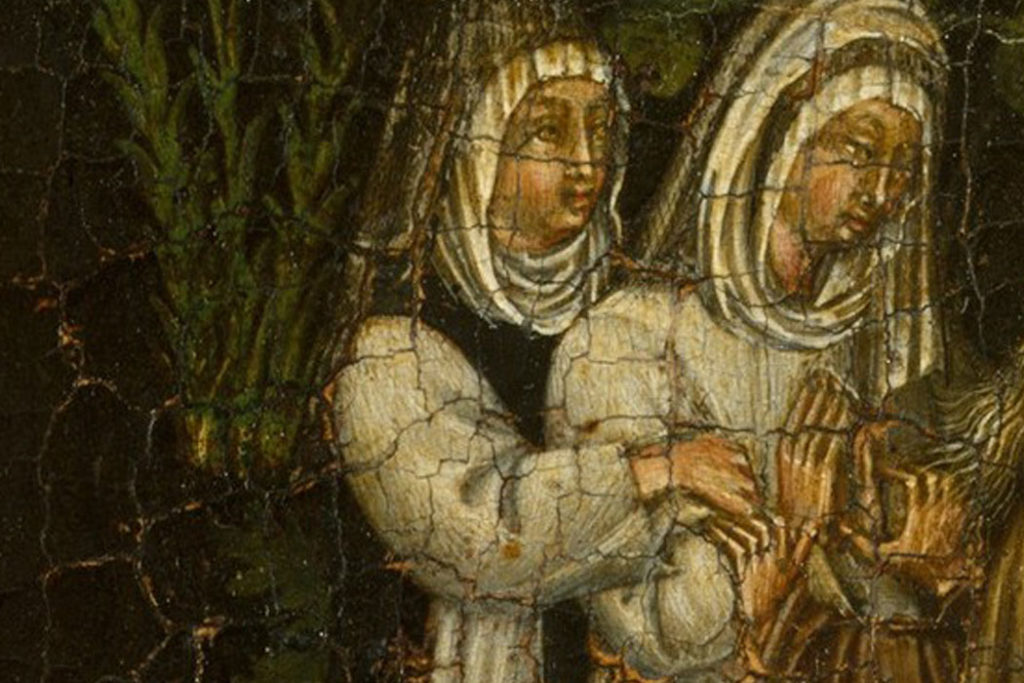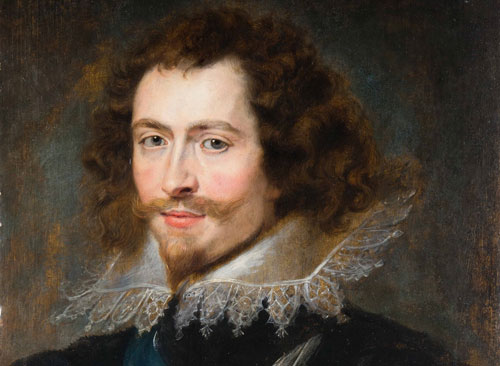The LGBTQ+ community is nothing new, and to pull that subject into debate is nothing but imaginative folly. As we move forward into pride month it is important to look back and acknowledge the people who made a contribution to LGBTQ+ history by simply existing in a time period that was – more often than not – unkind to them.
This can be a complicated topic. We are looking at contextual evidence that, to those of us from within the queer community, feels familiar. What historians have often written off as “close friends” or the “eccentricities” expected of famous historical figures the LGBTQ+ community looks at and see a reflection of what they know to be indicators of people under the umbrella. Obviously, we cannot go back and ask these people definitively what they identified as. In most cases, the labels we have created in the modern era would have had no meaning in 1500s England. For this reason, I choose to use the blanket term of ‘queer’ in reference to them as it encompasses a wide array of sexuality and gender identities with it.
A note here on language: Queer is a purposely open term. In modern language it is used by the LGBTQ+ community to mean simply not aligning with heteronormative expectations of society. In a deeper sense, it is a way to identify with the community when labels are unnecessary, unwanted, or fail. Yes, when used with an intention to hurt or other someone it is a slur. However, language is complex and nuanced, especially when we are talking about languages used within and about sub groups. It is appropriate here (when we are discussing people who did not have the language or even social ability to identify) to use the term queer as we can assume from their lives they would be, at lest, somewhere in the community today.
Going forward from here, I feel it is relevant to understand that to the people of this time period, homosexuality or queerness was not an identifier in and of itself. It was not understood in the way that we see it in the modern era. To them, there were ‘acts’ or ‘behaviors’ that anyone could commit in the same way that anyone could commit theft or blasphemy. It is important to recognize that the consequences of being caught or identified as queer throughout much of European history have been dire, to say the least. In some cases, it varied depending upon where you were or what time period it was, along with how powerful you were and who had your back. As though the church was not doing enough in that department, homosexuality was often conflated with other criminal acts, further tarnishing its public perception. You also must look at this blog as relatively limited examples of well-known queer figures which does not at all touch on how the everyday person would have lived, much less if there was an underground community.
However, we know that queer folk existed, if for no other reason than there were so many euphemisms in regard to them. Terms such as Ganymede, bugger, and catamite were used in reference to men, as well as the overall term “sodomite” which referred to those who participated in any sexual act that the church deemed sinful. In 1533 the “Buggery Act” of England took the concept of these acts out of the hands of the church and made them punishable by death. This would stand until 1861 when the death penalty for such coitus was abolished. However homosexual acts in England remained criminalized until 1967. As such, one had to be very particular about how they presented themselves to society at large, which makes researching their existence a bit precarious. But I think it is a subject worthy of discussion if only to remember that queer people have always been a part of the world.
Leonardo DaVinci (1452 -1519)
The quintessential Renaissance man, DaVinci was an understandably private man. He was born the bastard son of a notary and a low-born woman, giving him next to no station in life. His early years are not well documented, but it is known that at around age 14 he went to work in Florence under the artist Verrocchio, who had been a student of Donatello. His opportunity in the studio included a vast education in a wide array of crafts and artistic pursuits which would later flourish under his dedication. He was far from the only artist to later become famous under this apprenticeship and often collaborated with Verrocchio and his fellow students on their work.
It is worth remarking that for much of his life, DaVinci had no notable romantic relationships with women. There were however three women he considered to be dear friends; Cecilia Gallerani, and Beatrice & Isabella d’Este, each of whom was considered to be a leader of culture and influence during the Italian Renaissance. Gallerani was the mistress of Ludovico Sforza, the Duke of Milan, and the subject of one of only four known portraits of women painted by DaVinci.

The model for Baccus is rumored to be Salai, who was a close companion and apprentice to DaVinci.
When it comes to the subject of his preferences, it can be attested that in 1467, DaVinci and three other men were arrested and charged with sodomy involving a “well-known” male sex worker. These charges were dismissed, but considering that one of the men arrested was related to the Medici family (a massive political/banking powerhouse family) their influence may have been involved. He was reportedly exceptionally close to two of his apprentices, the working class Gian Giacomo Caprotti and the noble-born Francesco Melzi. Though it is important to note that no confirmation of intimacy has ever surfaced, Gian Caprotti, (also known affectionately as Salai or “Little Devil”) was thought to be Leonardo’s model for Baccus and St. John the Baptist.
William Shakespeare (1564 – 1616)
Sometime to hot the eye of heaven shines,
– William Shakespeare, Sonnet 18
And often is his gold compexion dimmed;
And every fair from fair sometimes declines,
By chance, or nature’s changing course, untrimmed
The sexuality of quite possibly the most famous playwright of his era has long been contested by historians. Being married and having adulterous affairs was by no means unexpected, even if looked down upon (the adultery part, not the marriage part). While wedded to Anne Hathaway Shakespeare was often away from home, taking up residence in London where he could write and remain close to work. His romances were well documented by his friends and acquaintances, including Manningham who said that Shakespeare enjoyed “promiscuous women of little beauty and no breeding”.
However, when it comes to evidence of his affairs with men, his sonnets are most often brought up. These poems were possibly kept in secret, as they were published without his permission, and refereed to a “Fair Lord”, with emphasis on the unconfirmed fellow’s beauty and the anguish the writer suffered in not being allowed to freely associate with the man. In true Shakespearean style, he used his love of bawdy humor and puns to make his point comes across like a backhand. All one needs to do is read Sonnet 18, Sonnet 20, and Sonnet 52 to make this clear.
But even beyond his more personal penning, queer characters abound in his plays. Most of us are aware of the concept of “queer coding” in which a character is given or assumes traits that the LGBTQ+ community would find familiar, thus making them more appealing without outright labeling their identity. Within Shakespeare’s multitude of works, one could easily point to such beloved characters as Puck (A Midsummer Night’s Dream) & Mercutio (Romeo & Juliet), both of whom display traits and have often been given a queer portrayal in media. In the Twelfth Night, As You Like It, and The Merry Wives of Windsor we see frequent assumptions of gender which, while played for comedy, also lead to intimate moments between main characters of the same sex. Small wonder that so much of the queer community finds Shakespeare’s plays to be so relatable even centuries later.
Benedetta Carlini (1590 – 1661)
“(Carlini would begin) kissing her as if she were a man, she would speak words of love to her. And she would stir on top of her so much that both of them corrupted themselves.”
– Bartolamea Crivelli’s confession regarding her relationship with Bendette Carlini
In 1590 Bendetta Carlini was born in Vellano near Florence, Italy. The daughter of a moderately well-off family she had the opportunity to become well educated, unusually so for women of the time. In 1599, Bendetta dedicated herself to an ascetic life and joined in with a group of women who had similar desires. Though not officially a recognized religious order, they quickly became a place for women who were rejected from the more upstanding covenants.

via Metropolitan Museum of Art
Over time, Bendetta became known as something of a mystic. She confessed visions that concerned her superiors to such a degree that she was assigned a companion, Bartolomea Crivelli, to keep watch over her during her confinements. She was one of those to suffer under the stigmata, something which was confirmed by Bartolomea. Soon after she was elected to become the abbess. Between her spiritual experiences and her local popularity she found herself in a place of authority as a woman, this put her in conflict with the Catholic church.
At this point, it is important to recognize that for people of this era, female sexuality was not a subject of discussion. Put bluntly, it was not believed in. Most accusations of fornication involving nuns occurred with a monk or friar, revealing the phallocentric understanding of sex that was commonplace. So when the new papal nuncio was sent to investigate the validity of Bendetta’s abilities (for the second time), the confession of her lover Bartolomea was said to be so ‘upsetting’ that his handwriting became illegible. Bendetta was forced to recant her earlier claims, and while she was allowed to remain in the convent for the rest of her life, the nuns she had once led were forbidden from speaking to her. However, her life did not end in obscurity, as her funeral was attended by those who still had faith in her abilities.
King James I & VI (1566 – 1625)
I, James, am neither a god nor an angel, but a man like any other. Therefore I act like a man and confess to loving those dear to me more than other men. You may be sure that I love the Earl of Buckingham more than anyone else, and more than you who are here assembled. I wish to speak in my own behalf and not to have it thought to be a defect, for Jesus Christ did the same, and therefore I cannot be blamed. Christ had John, and I have George.
– King James I & VI
After the death of Queen Elizabeth, James Stewart, son of Mary Stewart, took the throne of England, Ireland, and Scotland. His rule became known as the Jacobean era which lasted from 1603 to 1625. He was a great contributor to the arts, being a prolific writer himself, and sponsored the translation of the Bible into English. This version of the Bible has been among the most popular iterations for more than 250 years. A complicated man in the political sphere, James was well known to have taken multiple paramours throughout his life. He was married, produced children with his wife, and had a mistress by the name of Anne Murrey.
However, James’s interests were so well known that rivals from within his court intentionally sponsored good-looking young men in hopes that they would catch his eye and gain favoritism. He was also connected to Esme Stewart (Duke of Lennox), Robert Carr (Earl of Somerset), and what could reasonably be claimed to be his great love, George Villiers (Duke of Buckingham). George was noted to be his obvious favorite, despite being a relativly minor noble. James showered him with titles, lands, influence, and above all else, George was allowed to be informal with the king. No small feat at this time. During the restoration of Apethorpe Palace in 2004 – 2008, a previously unknown passage was discovered that led from James’s bedroom to George’s.
The LGBTQ+ community has been a part of human society as long as humans have been human. This month we often look to the drag queen and queer folk (most of which were people of color) who started the modern fight for equality at Stonewall, and rightfully so. However, you do not have to scratch the history of any nation during any time period to find queer people living, loving, and making history. Then, just as now, representation is important.
Sources
15 Gay Romances of the Renaissance Era
Homosexuality in the Elizabethan England
A timeline of LGBTQ communities in the UK
James I and the Duke of Buckingham: love, power and betrayal

